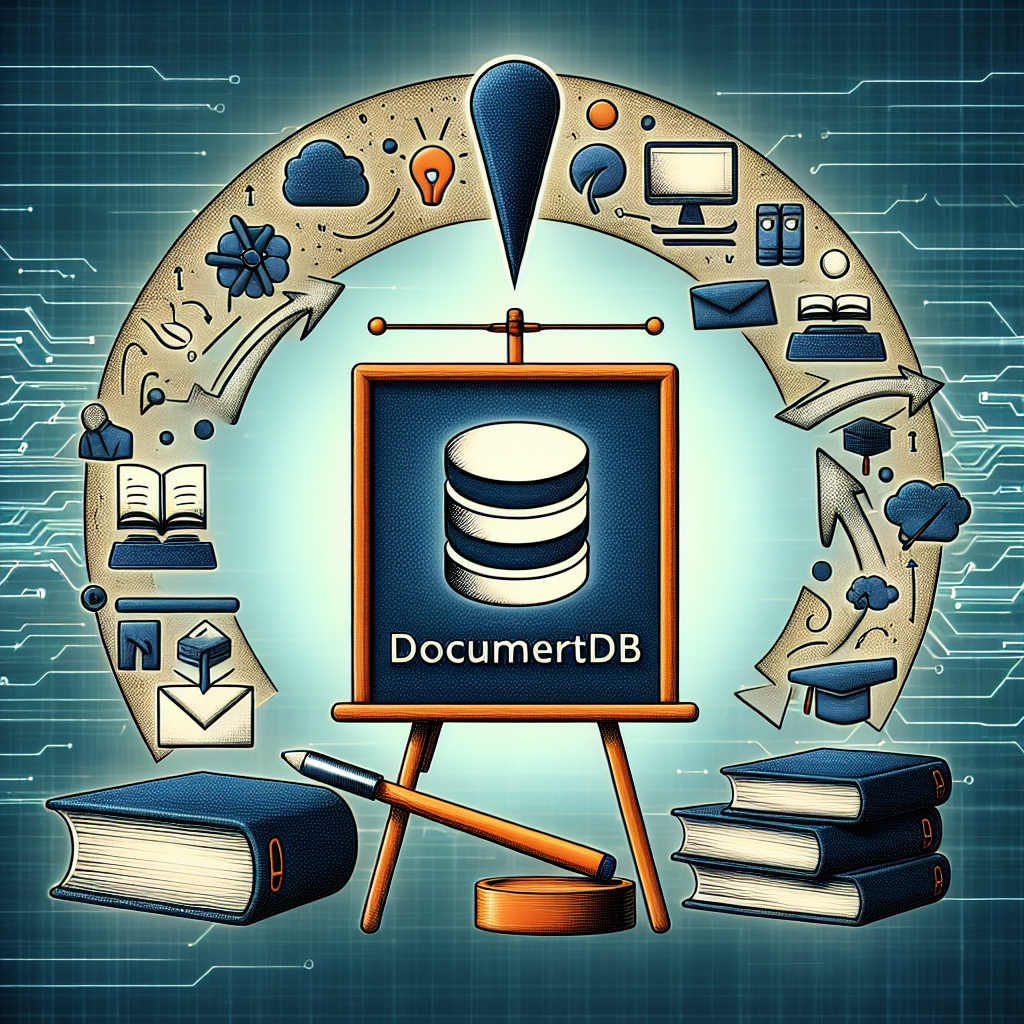Introduction to Amazon DocumentDB

In today’s digital landscape, modern applications face increasing demands for performance, scalability, and availability. With millions of users generating terabytes to petabytes of data across the globe, developers need robust and flexible database solutions. One such solution is Amazon DocumentDB, a purpose-built document database offered by Amazon Web Services (AWS). In this blog post, we will explore the benefits of document databases, the role they play in meeting modern application requirements, and delve into the features and advantages of Amazon DocumentDB.

Meeting Modern Application Requirements
Modern applications need to handle immense data volumes and serve a large user base while maintaining optimal performance and availability. However, there is no one-size-fits-all solution when it comes to databases. Different types of databases serve different purposes. Relational databases like AWS Aurora and RDS are ideal for structured data, while key-value databases such as AWS DynamoDB excel in fast and scalable key-value storage. For applications dealing with complex and flexible data structures, a document database like Amazon DocumentDB proves to be the right tool for the job.
Why Document Databases?
Document databases offer several advantages over other database models. They leverage JSON, a flexible and widely-used data format, as the native storage format. This allows developers to store, query, and index JSON data natively, making it a natural fit for applications where data structures are dynamic and evolving. Document databases support both denormalized and normalized data models, offering the flexibility to model complex relationships while maintaining performance. With native support for inserting and querying documents, document databases streamline the development process and provide efficient data retrieval.
When to Use a Document Database?
Document databases are well-suited for various use cases. For example, consider a gaming application that needs to store and retrieve user profiles, which may contain different fields based on individual preferences. Document databases excel in handling such flexible data structures. Similarly, document databases are a great fit for building catalogs where products may have varying attributes and specifications. Another use case is object tracking, where document databases provide a convenient way to store and retrieve data about objects with changing properties.
Introduction to Amazon DocumentDB
Amazon DocumentDB is a fully managed document database service offered by AWS. It is built to deliver high performance, scalability, and availability for modern applications. With Amazon DocumentDB, developers can focus on building their applications while relying on the managed service to handle infrastructure management, automatic failover, recovery, and maintenance tasks.
Fully Managed
Amazon DocumentDB takes care of essential database operations, such as automatic failover and recovery, automated maintenance, and seamless integration with other AWS services. This ensures that your application remains highly available and performs optimally. Additionally, Amazon DocumentDB follows a pay-as-you-go pricing model, allowing you to scale resources based on demand and only pay for what you use.
MongoDB Compatible
Amazon DocumentDB is compatible with MongoDB, a widely adopted document database. This compatibility allows you to leverage your existing MongoDB skills, tools, and applications, making it easier to migrate from MongoDB to Amazon DocumentDB seamlessly.
Security and Compliance
Amazon DocumentDB prioritizes security and compliance. It operates within an Amazon Virtual Private Cloud (VPC), providing strict network isolation. By default, data at rest is encrypted, and the service enforces safe defaults for secure operations. Amazon DocumentDB is designed to meet various compliance requirements, ensuring that your data remains protected.
Backup and Recovery
With Amazon DocumentDB, you can rely on automatic backups without experiencing any performance impact on your applications. These backups allow you to restore your database to any point in time within the last 35 days, thanks to the Point-in-Time Recovery (PITR) feature. Additionally, you have the option to create archive snapshots to retain snapshots for as long as you need.
Amazon DocumentDB Global Clusters
For globally distributed applications, Amazon DocumentDB offers the capability to create global clusters. These clusters provide replication to up to five secondary regions, ensuring low replica lag and fast recovery in case of failure. With compatibility for versions 4.0 and later, Amazon DocumentDB global clusters provide a scalable and resilient solution for serving data to users around the world. Furthermore, global reader instances enable offloading read traffic from the primary region, improving performance and responsiveness.
Conclusion
As modern applications face increasing demands for performance, scalability, and flexibility, purpose-built databases become essential. Amazon DocumentDB, a fully managed document database service by AWS, offers a powerful solution for applications that require the flexibility and scalability of a document database. With its seamless integration with other AWS services, MongoDB compatibility, robust security features, and global replication capabilities, Amazon DocumentDB empowers developers to build modern applications that can handle vast amounts of data, serve a global user base, and scale effortlessly as demand grows.